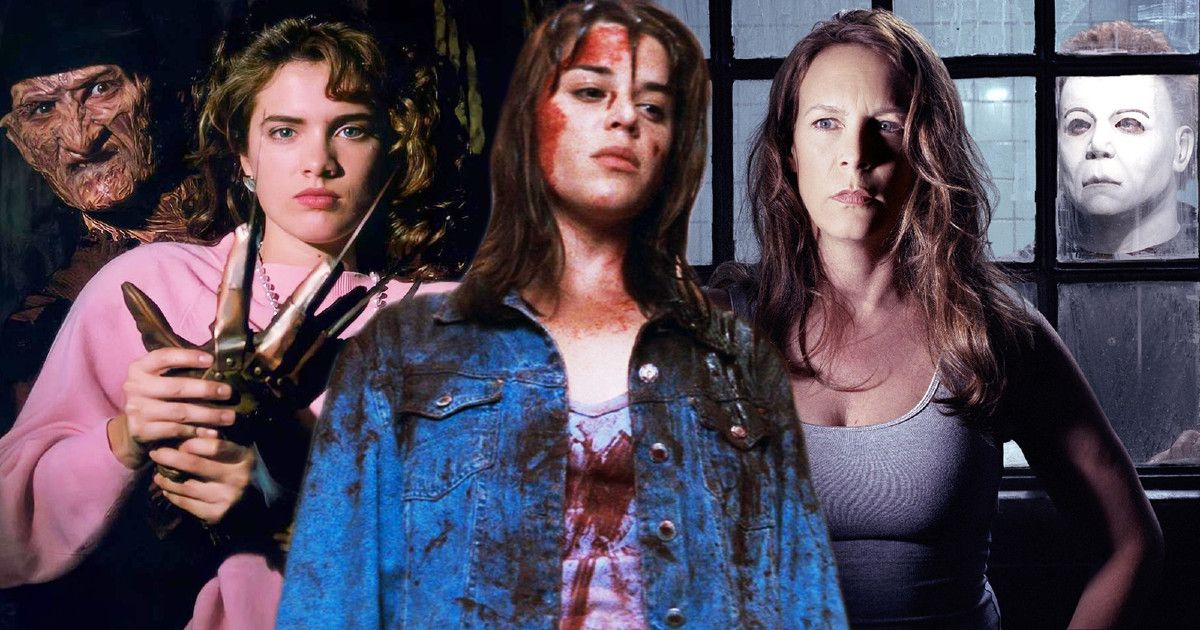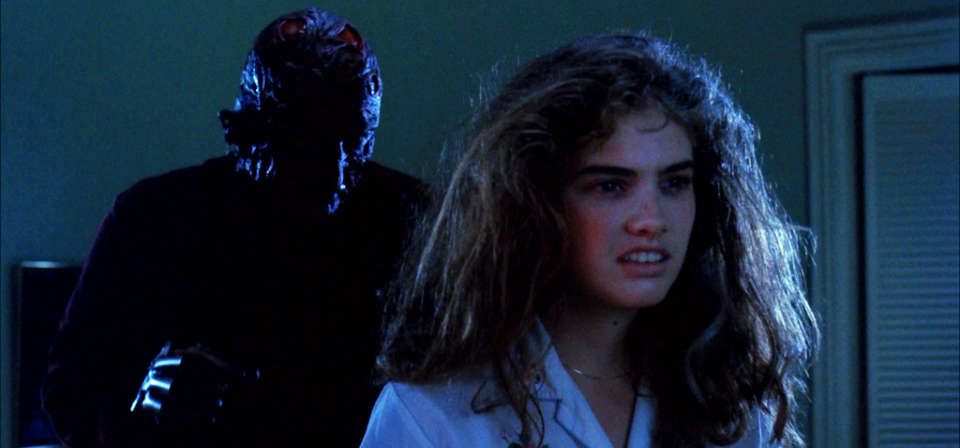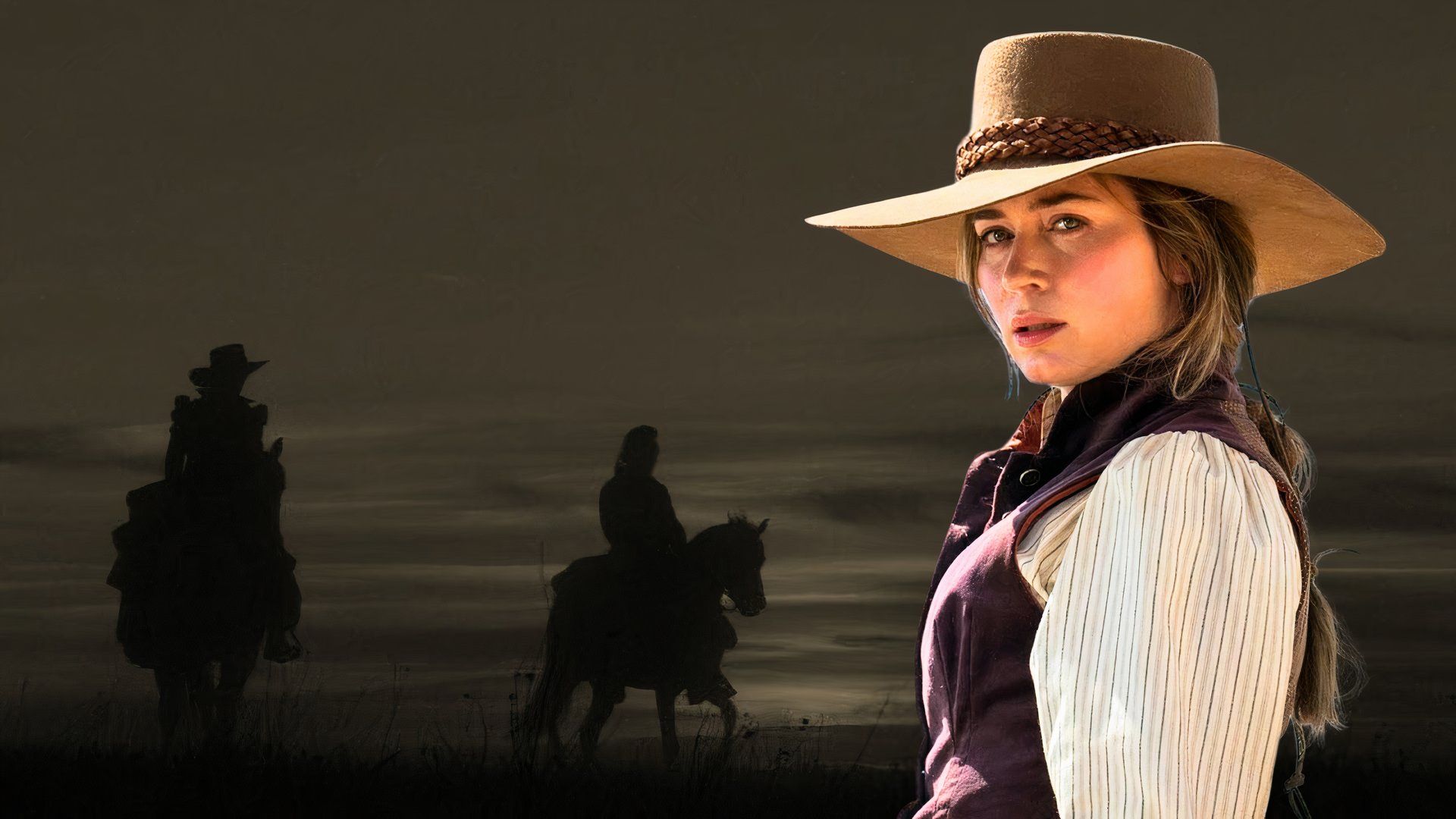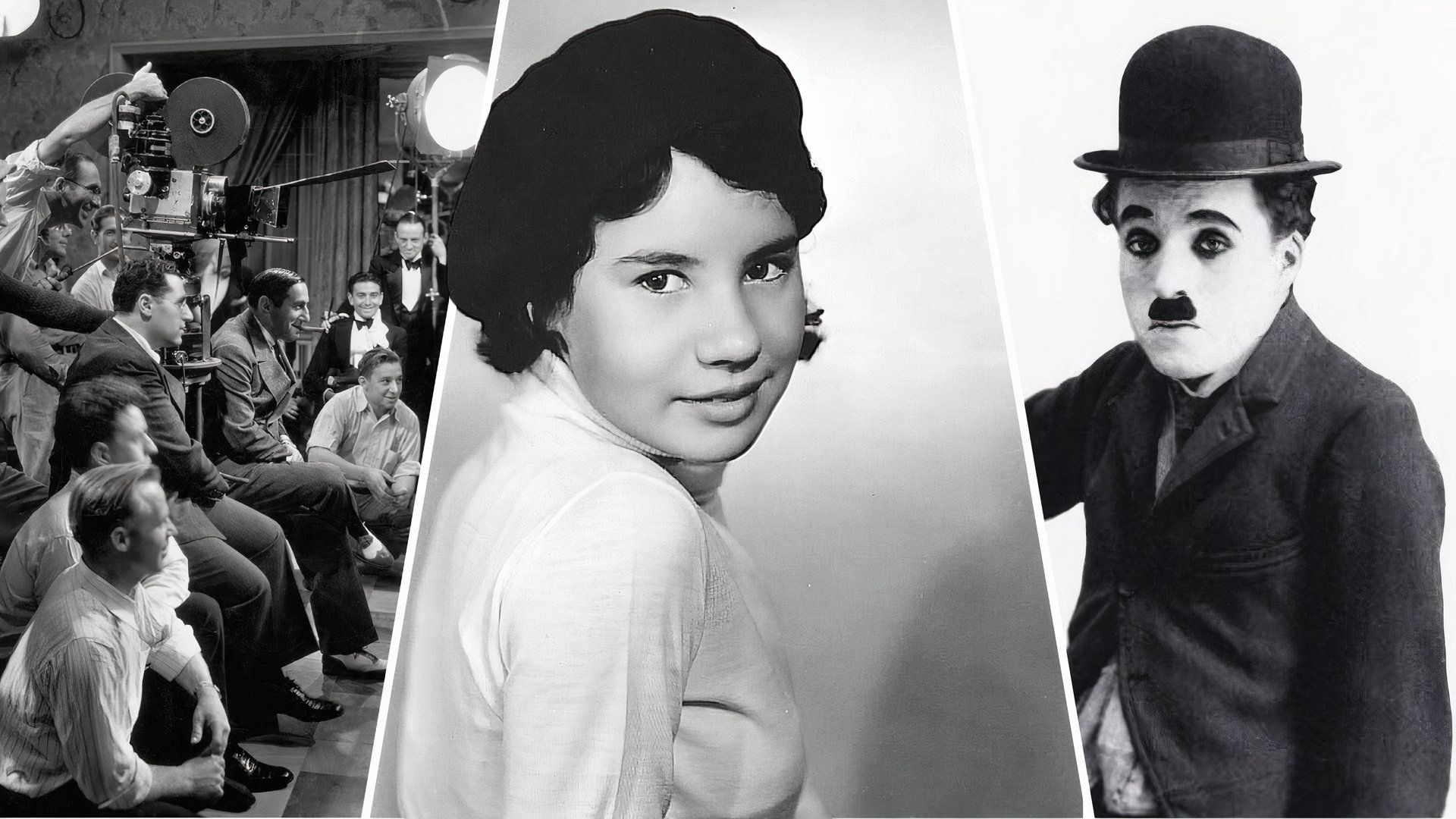In horror, there is a certainty that many of the characters the audience meets in any given film will be dead by the time the credits roll. Another certainty is that there will be at least one that triumphs over evil, and that character is what the genre has come to call “the final girl.” The character is referred to as the final girl because the lone survivor, or at least the lead of the lone survivors, tends to be female, and she’s usually the one that matches wits with the film’s villain. She finds a sense of strength to stand up against her antagonist, and there are characteristics that set her apart from the other characters in the film. It’s a staple of the horror genre that still resonates today as each generation finds a final girl to celebrate and call their own.
The “final girl” is usually associated with the slasher film sub-genre of horror. A slew of characters is typically introduced, and they each have a couple of identifiable traits that make up their personality before they begin being murdered one by one. To explain it in the simplest of characteristics, you might get the jock, the party girl, the comic relief, the promiscuous one, and the innocent.
In most horror films, the innocent one tends to be the one who makes it to the very end, but it’s not just because she’s a symbol of virtue. Unlike her friends, she’s usually not distracted by partying, sex, or other extracurricular activities. She has a clear head that keeps her focused and keenly aware of the growing danger surrounding her. As we near Halloween, it’s clear the final girl trope is still alive and well and won’t be going anywhere anytime soon.
The Final Girl Trope Has Been Debated For Years
Critics have been divided on whether the final girl represents a feminist concept. Some believe it adds credence to the notion that only pure virgins are inherently good, and those who buck that trend meet a grisly end in these films. Even though women tend to be the leads in a genre dominated by men, some criticism of the final girl trope is that viewers might find it easier to become emotionally invested if they were to watch a character like this suffer.
On the other hand, when horror is called out as masochistic and demeaning to women, it’s swiftly pointed out that the character that defeats the Big Bad in the end is female and that most final girls are a source of female empowerment. They tend to be smarter than their counterparts, have a stronger will to live, and, despite displaying a high level of fear, overcome all of that to defeat the evil that is after them.
Despite horror seemingly appearing to be a male-oriented genre, horror is lauded by many female fans who see the final girl as a beacon of strength. There have been men who make it until the end in horror films, but most would find it easier to name many women in the genre who stand tall against their foes.
Perhaps the earliest example of the final girl is Sally Hardesty (Marilyn Burns) in 1974’s The Texas Chain Saw Massacre, although elements of the trope can be seen in earlier films. They were typically portrayed as damsels in distress that needed to be saved by someone else, typically a man.
By the time we get to The Texas Chain Saw Massacre, that damsel in distress aspect has been dropped. Sally does find herself in great peril, but she escapes and survives her circumstances based mostly on her own devices. There is the trucker during the climax that plays a part in helping with her escape, but the majority of her survival has everything to do with her very own tenacity and will to live.
Perhaps one of the most popular final girls is Laurie Strode (Jamie Lee Curtis) from John Carpenter’s 1978 classic, Halloween. Laurie is introduced as the more innocent one of her two female friends in the film, but that vulnerability is a great strength that emerges when she becomes the final target of Michael Myers on that fateful Halloween night.
It’s set up that Laurie is focused on other things rather than boys compared to Annie (Nancy Keyes) and Linda (PJ Soles), which distracts her friends so much on that night that they become easy prey for The Shape. At one point, when Laurie answers the phone, Linda is being strangled by Michael. She initially believes it could be a prank started by her friends, but she also intuitively believes something could be very wrong.
It could be debated if it’s smart of her to go across the street and investigate what might be going on in the home where her friends are located, but another positive trope of the final girl is that she cares about her friends. It’s not about walking into danger; it’s about caring enough to see if her friends are okay.
Eventually, Laurie is pursued by The Shape, and she’s able to escape from and fight her attacker because she finds great strength within. It’s a strength associated with the character across all the films in the franchise she has appeared in. Halloween is a choose-your-own-adventure franchise at this point, but all the movies featuring Laurie Strode depict her as a woman who finds the strength to stand up against her monster.
The Final Girl Uses Intelligence and Tenacity to Face Her Monster
In A Nightmare on Elm Street, Nancy Thompson (Heather Langenkamp) comes up against a monster that is killing her friends in their nightmares in the form of Freddy Krueger. She finds the strength to stand up against him but finds that her biggest weapon against Freddy is to take back all the power she gave him. Every ounce of fear and moment of her time that she wasted being afraid of this person is ultimately what defeats him by the end of that first film. This is an example of the final girl using her wits to overcome her monster and declaring that she will no longer let fear win in the end.
A more modern and relatable final girl is Sidney Prescott (Neve Campbell) from the Scream franchise. This final girl turns a lot of the final girl notions on their head because, due to the meta nature of Scream, having characters that are very much aware of horror movie tropes, Sidney has the characteristics of the final girl, but she also gets to break traditions.
Billy Loomis (Skeet Ulrich), Sidney’s boyfriend and one of the killers in the first film, gets Sidney to have sex with him because of the trope that the girl who has sex dies. However, despite having sex with Billy, Sidney still survives and defeats not one but two killers by the end of that film.
Sidney is also an excellent example of a final girl we see grow over time. We meet her in high school and follow her in college in Scream 2. She’s a grown woman in hiding who comes out of darkness to defeat the enemy in Scream 3, and by Scream 4, she is someone who has written about her experiences and has come to terms with them. She’s no longer a victim of her circumstances and has taken the power back from her attackers. By 2022’s Scream, Sidney has seen so much of this that she almost seems unphased as she tries to help Sam (Melissa Barrera), a new final girl, go up against her own boogeyman.
Even though the final girl trope has been the subject of great debate, it’s clear that most audiences like to see a lone woman survive the horror surrounding them, even now. The trope is proven to work, and we will continue to see it for the foreseeable future as new horror franchises continue to emerge.
It’s not something that should be viewed as a detriment or a slight against women—quite the opposite. The final girl sees a woman at her strongest, with great intelligence and the gusto to triumph over evil. That is something to be celebrated.




